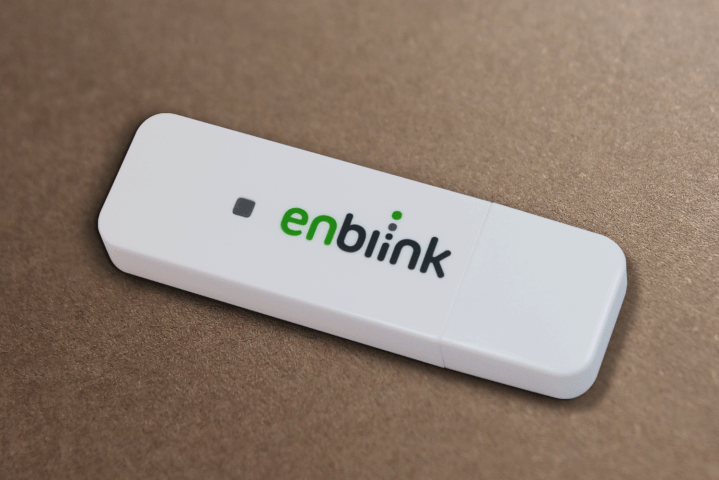
The problem is that these hubs come in the form of yet another box that you have to add to your growing pile of electronic cubes. But Enblink wants to transform a device you may already own into a home-automation center. The USB dongle has been around for a while, but now it’s gotten an upgrade. Whereas before it could plug into Google TV devices, it now works with any Android TV-powered device, from Google Nexus Player to Android TV. “It works with the growing number of Android-powered set-top boxes, streaming devices, gaming consoles, and mini-PCs coming to market,” according to the press release.
The Enblink works as a sort of Z-Wave radio, so you can control locks, lights, sensors, security cameras, thermostats — almost any device with the Z-Wave logo, according to Enblink. It works with Nest’s smart thermostat and Philips Hue bulbs as well.
Back in January 2014, Enblink added voice commands to its repertoire of tricks, though you have to use the accompanying app to actually make it work. Unlike something like Amazon Echo, which you command directly, the Enblink doesn’t have as embedded microphone. That means a couple extra steps if you want to mumble at it to turn off the lights after you accidentally fall asleep reading.
With this new upgrade comes a temporary price break: You can get one for $46 on Enblink’s site, which is a significant drop from its usual $90 price.
Editors' Recommendations
- Echo Hub vs. Echo Show 15: Which is the best smart home gadget?
- Echo Show 8 vs. Nest Hub: Does Amazon or Google offer the best smart display?
- Nest Hub Max vs. Skylight Cal Max: Which is best for your home?
- The best smart home devices for 2023
- The Amazon Echo Hub is almost the whole-home hub I’ve always wanted


